The idea of ‘private electrical mobility’ has been round for nearly 150 years. Actually, the very first patent for a motorbike (1871) specified an electrical motor, from an period when each motors and the batteries to energy them needed to be constructed by hand, and have been hardly dependable. Give a learn to our Historical past of Electrical Bikes article for some background. Whereas the legacy of electrical automobiles in mass transport and industrial use is a century of success (assume electrical buses, trollies, trains, forklifts, and many others), the mass-production of non-public electrical automobiles has a far spottier and extra problematic story. Solely up to now ten years has the electrical automobile change into really well-liked for private use, however that doesn’t imply intelligent of us haven’t tried.
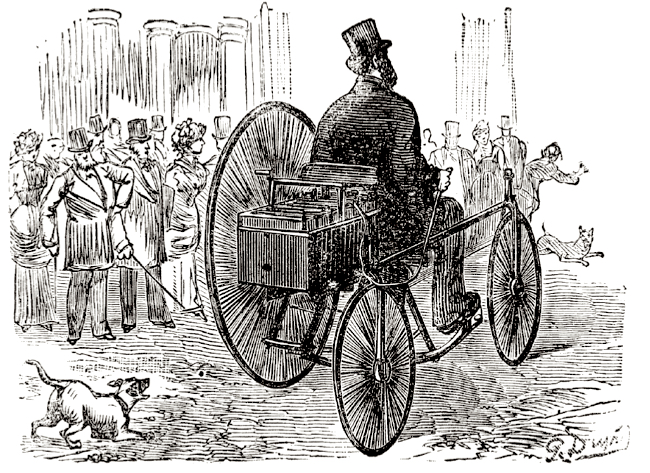
One such forward-thinking fellow was Sir Clive Sinclair, who gained fame as a private computing pioneer within the Sixties and ’70s. Since his teenage years Sinclair had contemplated small, cheap electrical private automobiles, whereas he constructed up a fame as an electronics genius, and developed the primary ‘slimline’ pocket calculators. The car appeared to him extraordinarily wasteful and costly for 90% of its each day makes use of – native transport, errands, quick pleasure journeys. Sinclair had a intelligent knack for utilizing very low-cost digital parts for brand spanking new functions, by altering how their energy was provided or creatively masking printed circuit boards to significantly enhance their efficiency. His firm, Sinclair Radionics, was thus by no means a producer per se, however used bought-in parts to create new designs. Reliance on exterior contractors led to produce issues after Sinclair’s merchandise grew wildly well-liked (as along with his wristwatch calculator of 1977). High quality management was tough with mass-produced, cheap componentry, and Sinclair quickly developed a ‘no questions requested’ alternative coverage…as none wanted to be requested. Sill, Sinclair-designed digital units gained a fame for super innovation, and he was knighted in 1985 for his contributions to British business.
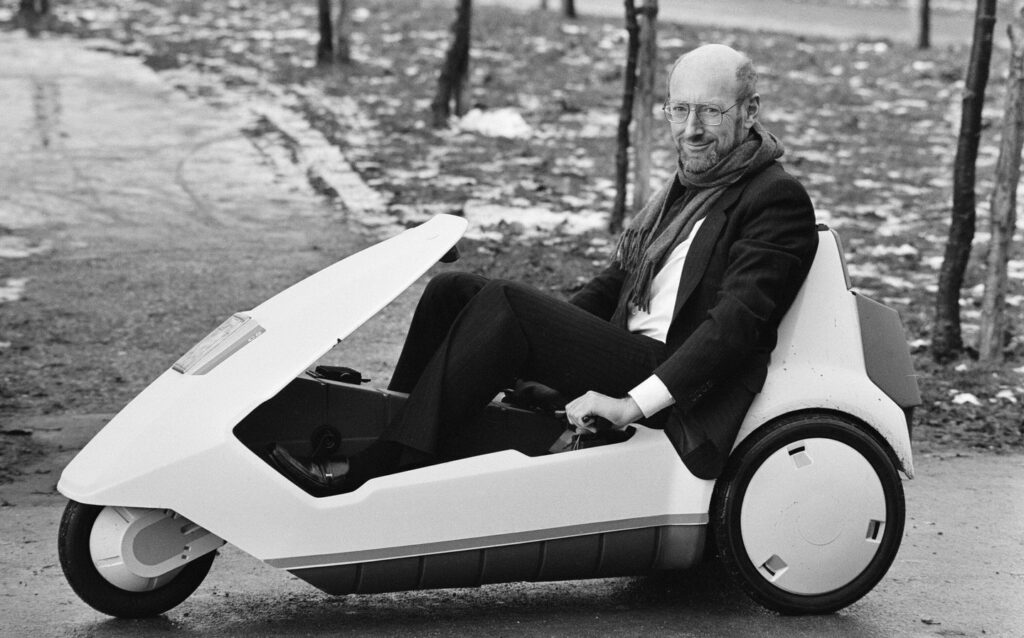
The success of his electronics firm stored growth of Sinclair’s private transport dream on the again burner, however his firm was frequently testing batteries and electrical motors, with Chris Curry (later founding father of Acorn computer systems) doing the advance work. Their first experiment within the early Seventies used a really slim electrical motor put in on a stand-up scooter, that was operated by a button – a precursor to at this time’s wildly well-liked electrical stand-ups. Sinclair believed that new electrical automobiles wanted to be designed from the bottom up, and never be tailored from concepts developed round internal-combustion engines. His first prototype electrical automobile, the C1 of 1979, was a small electrical automotive utilizing present lead-acid battery expertise, with a 30-mile vary and supposed for a single consumer in city areas, weighing 300lbs and with a modest worth. Sinclair contracted Ogle Design to fashion the automotive, however was involved that their efforts have been too centered on aerodynamics, and never sufficient on economic system. Improvement proved costly, and in Spring of 1983 Sinclair determined to drop the C1 challenge.
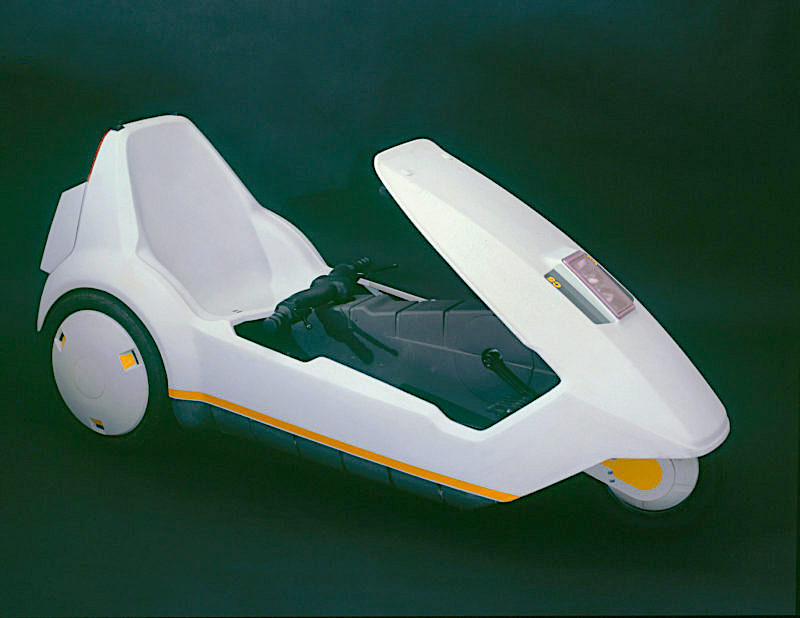
Nonetheless, Sinclair’s intention was to mass-produce electrical automobiles, so he offered a piece of his personal inventory to kind a brand new firm, Sinclair Automobiles, and employed Barrie Willis, a former Delorean govt, as Managing Director. Whereas the concept of an electrical automotive was clearly forward of its time, British laws supported electrical automobiles, with taxes abolished for EVs in 1980, and a brand new regulation in 1983 stipulating that automobiles with a prime velocity below 15mph may very well be ridden by 14-year olds, with out a helmet or driver’s license. Sinclair felt he’d discovered a distinct segment they might fill.
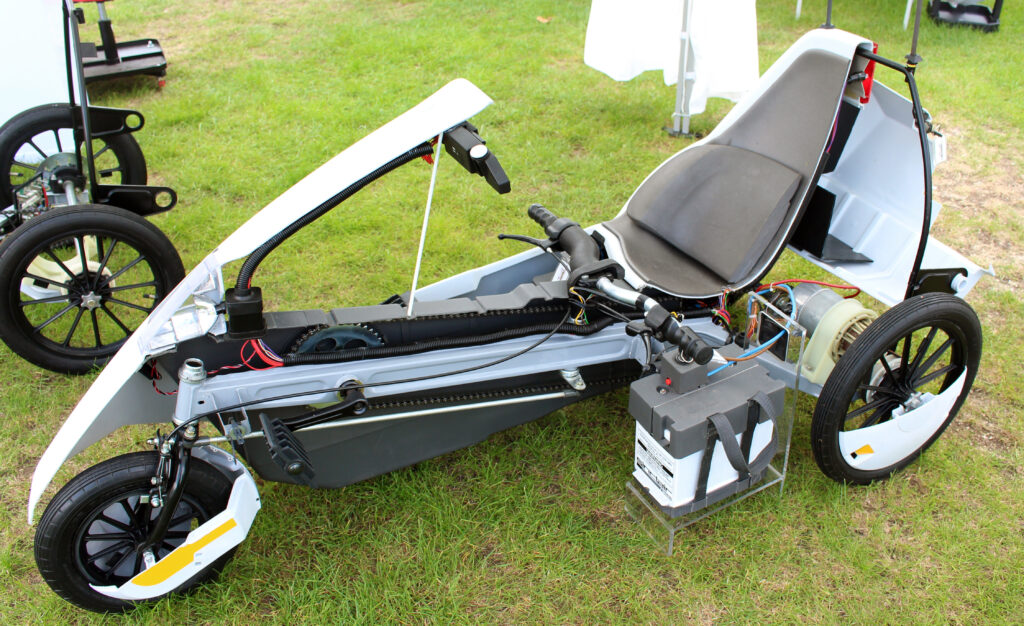
Sinclair’s new idea was a small, cheap, one-person electrical 3-wheel automobile that included ‘mild pedal help’ (a nod to the origins of the bike business circa 1900). Sinclair as soon as once more employed Ogle Design for the preliminary idea: their Bond Minicar trike had been a terrific success, so a smaller 3-wheeler appeared inside their wheelhouse. The Ogle prototype was handed over to unique automotive producer Lotus Automobiles Ltd to design the chassis and dealing with particulars.
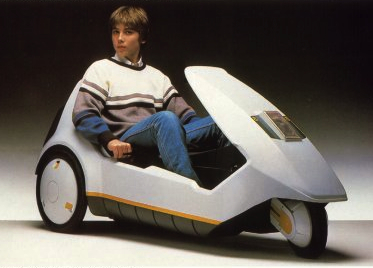
The design was nonetheless not proper, so Sinclair arrange a Metalab for deep-future initiatives, and handed its first worker, 23-year outdated industrial designer Gus Desbarats, to complete the challenge. What the micro-vehicle had change into was a futuristic mini-missile with an injection-molded plastic physique that seemed like a prop from Logan’s Run. The traces have been smooth, with a sloping opaque display masking the rider’s knees, an integral, non-adjustable seat again, and disc-covered wheels. The using place was recumbent, and the rider had pedals to help beginning or when the battery went flat, and steering was managed with handlebars beneath the rider’s legs, which sounds unusual however in actuality was quite simple, and ‘the controls fell naturally to at least one’s palms’, because the outdated British bike magazines used to say. Whereas the physique was plastic, beneath was a metal tube backbone chassis, though there was no suspension. The entire idea was for a automobile that was low-cost to provide and straightforward to make use of. Desbarats added a tall visibility flag as customary tools, because the Sinclair C5 was so small and low to the bottom, drivers merely couldn’t see it, and there was no security tools or mirrors. As Desbarats described it, his job was to “convert an unpleasant pointless system right into a prettier, safer, and extra usable pointless system”. There had been just one spherical of focus group testing for the design, and no security exams or different growth concerns considering suggestions from the C5 testers/customers exterior Sinclair Automobiles: all the things was pushed ahead and paid for by Sir Clive Sinclair.
The Sinclair C5 was assembled from main parts by completely different contractors: the plastic physique by Linpac, the chassis and gearbox by Lotus, a Phillips motor, Oldham lead-acid battery, and many others. A deal was negotiated with a Hoover washer facility in Wales to assemble and take a look at the C5, with manufacturing slated for 200,000 items/yr. Earlier than the January 1985 launch of the C5, 2500 had already been constructed to cope with anticipated demand.
The Sinclair C5 was launched at a lavish press reception at Alexandra Palace, that includes Stirling Moss. Because it was chilly, a lot of the C5s refused to run correctly, and ran out of battery in a short time. Press testers taking the C5 out on the highway have been terrified once they encountered vans, which couldn’t see them and belched exhaust immediately of their faces. There was no climate safety, so testers froze and acquired moist. In brief, the launch was a catastrophe. And the dangerous information stored coming, with magazines and newspapers expressing concern in regards to the lack of any security tools, the invisibility of the C5 to many drivers, and the dearth of coaching/licensing/helmet requirement for younger riders. The 250W electrical motor was inadequate for any hill, and the battery ran flat between 6-12 miles, far beneath the 30-mile claimed vary.
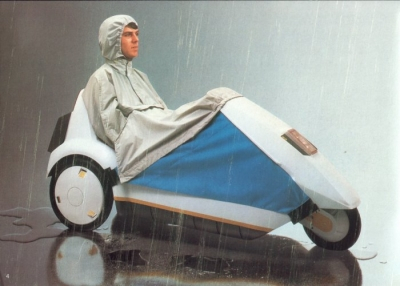
All of which could have been acceptable had the C5 been marketed as a toy. However Sir Clive was a visionary, who foresaw a complete revolution in private transportation in the direction of EVs, and supposed to be its vanguard. In fact, the C5 was a flop, in comparison with its funding and anticipated gross sales. It was nonetheless probably the most profitable EV ever constructed, with an preliminary run of 5000 C5s promoting in two months, together with to Princes William and Harry, who match the goal demographic completely. By August 1985, 14,000 C5s had been constructed, however Sinclair Automobiles went stomach up, and remaining shares of C5 have been offered to the likes of Ellar Surplus Ltd, who paid £75 every for 9000 items. Ellar have been the good ones, recognizing that the C5 did have a prepared market as a enjoyable automobile: they offered each final instance in inventory for £700/every. Personal purchaser Adam Harper purchased 600 C5s nonetheless of their packing containers in 1987, and offered all of them in two years for £2500 every. Their standing as a cult automobile was instantly cemented, and C5s at this time are extremely collectable by those that recognize their still-futuristic styling and modern idea.
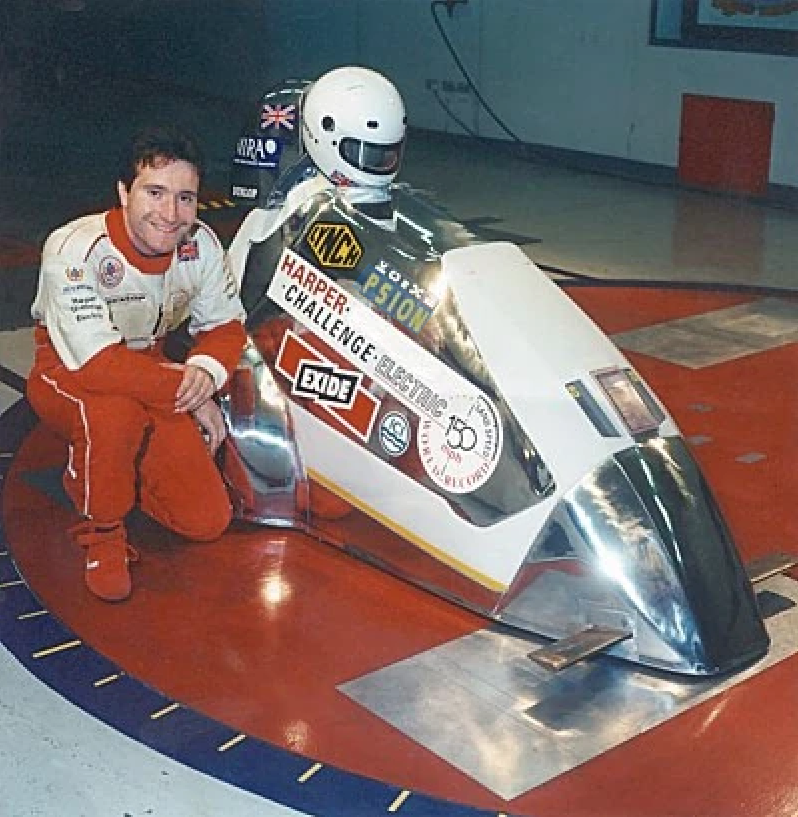
Some have taken C5 love even additional, putting in extra highly effective batteries and motors – straightforward to do – for quicker efficiency and longer vary, making them completely appropriate as each day runabouts. Stunt driver Alan Harper modified his C5 to set a British file for any electrical automobile in 2004, hitting 150mph. The Lotus-derived dealing with of the C5 confirmed by way of, “As much as 100mph it’s such as you’re operating on rails, it’s actually secure, then at about 110 to 120mph it begins getting difficult. At that time if a tyre blew up or one thing occurred you’ll be certainly useless.” A couple of courageous souls have taken the idea even additional, putting in jet engines into their C5s for high-speed runs … and sure there may be multiple jet-powered C5 on the earth. I Highway Examined one in 2011 on the Avignon Motor Competition, constructed by Adrian Bennet of Jet Energy UK. The Air Analysis JFS100-13A turbojet spins at 72,000rpm, and sits simply behind and beneath the rider, which on this case was me. When fired up, the jet turns into a fearsome leaf blower, and makes fairly a racket, which helped hold pedestrians out of my manner on the crowded competition grounds. No person stated it was a good suggestion, only a vital factor to do, when offered with the chance. What was it like? Distinctive!

The post Sinclair C5 – the Private Electrical Automobile appeared first on lickscycles.com.
source https://lickscycles.com/sinclair-c5-the-private-electrical-automobile/?utm_source=rss&utm_medium=rss&utm_campaign=sinclair-c5-the-private-electrical-automobile

No comments:
Post a Comment